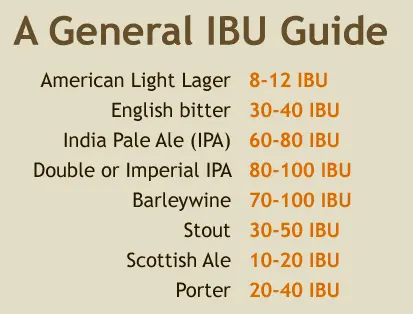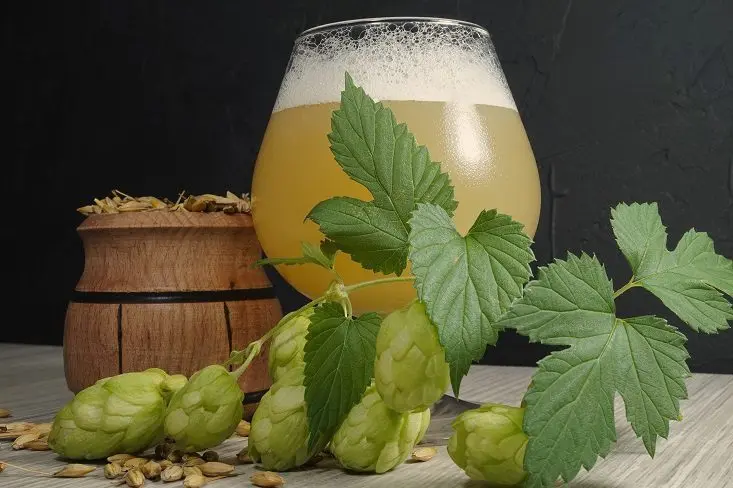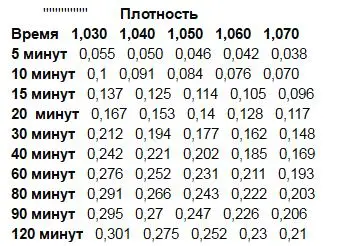Beer can be bitter due to poor production technology (sourness), too high strength (alcohol content) and the use of special roasted malts, but in the vast majority of cases, the bitterness of beer depends on the hops used (one or more varieties). At the moment, the most popular calculation method is the International Bitterness Units (IBU), which is relevant for both professional and amateur brewing.
Theory
The higher the alpha acidity of the hops, the longer the boil, and the lower the initial gravity of the wort, the more bitter the beer will end up being. Usually bitter hops are added first and boiled for 50-70 minutes, and aroma-giving varieties 5-10 minutes before the end of the boil.
IBU has a scale from 0 to 100 (in one of the versions 120) and indicates the concentration of bitter acids in beer, or rather, parts per million (ppm). By itself, this indicator is not very informative and does not give an idea of the taste of beer in general, but only expresses the numerical value of bitterness for comparison with other types of beer. For example, most American lagers have bitterness up to 12 IBU, Baltika No. 3 is 8-15 IBU, and Guinness is 45 IBU.

It is possible to accurately measure the bitterness of beer only in laboratory conditions, using expensive equipment. Any calculation method gives an error, but in amateur brewing this is acceptable.

How to calculate the bitterness of beer at home
The simplest formula with a reasonable degree of accuracy in determining beer bitterness in IBU units is presented below:
D = (A * B) / (C * 0.1)Where
- A is the total amount of hops (grams);
- B is the content of alpha acid in hops (%), indicated by the manufacturer;
- C – the amount of beer wort (liters);
- D is the first coefficient for determining the IBU score.
G = D * EWhere
- G – bitterness of beer in IBU;
- D is the coefficient from the first formula;
- E is the level of alpha acid loss during the boil (determined from the tables, based on the initial gravity of the wort before adding hops).
To determine the density of beer, most homebrewers use a hydrometer, in this case, you first need to recalculate the density using a hydrometer, based on table 1.

To find out the indicator E, it is enough to compare the cooking time and density according to the hydrometer with the data from table 2.

Attention! If the recipe calls for multiple hop varieties with different alpha acidity and boil times (second, third, and subsequent batches), you need to calculate the values for each hop separately, and then summarize the results.
Calculation example
Initial data:
- the amount of bitter hops – 30 grams (one bookmark);
- alpha acid content in hops – 7,8%;
- wort volume – 25 liters;
- boil time (with hops) – 60 minutes;
- the initial density of the must according to the hydrometer is 14,5%.
Measurement sequence:
D = 30 * 7,8 / 25 * 0.1 = 93.6;
Based on Table 1, an indicator of 14,5% hydrometer is equivalent to 1.058 hydrometer.
According to Table 2, E = 0.211 (gravity 1.058 is close to 1.06 and hops boil time is 60 minutes).
G = 93.6 * 0.211 = 19,75 MOTHER.
Another method for determining beer bitterness is presented in the calculator.
Counting in progress…
Enter the initial data on the left









